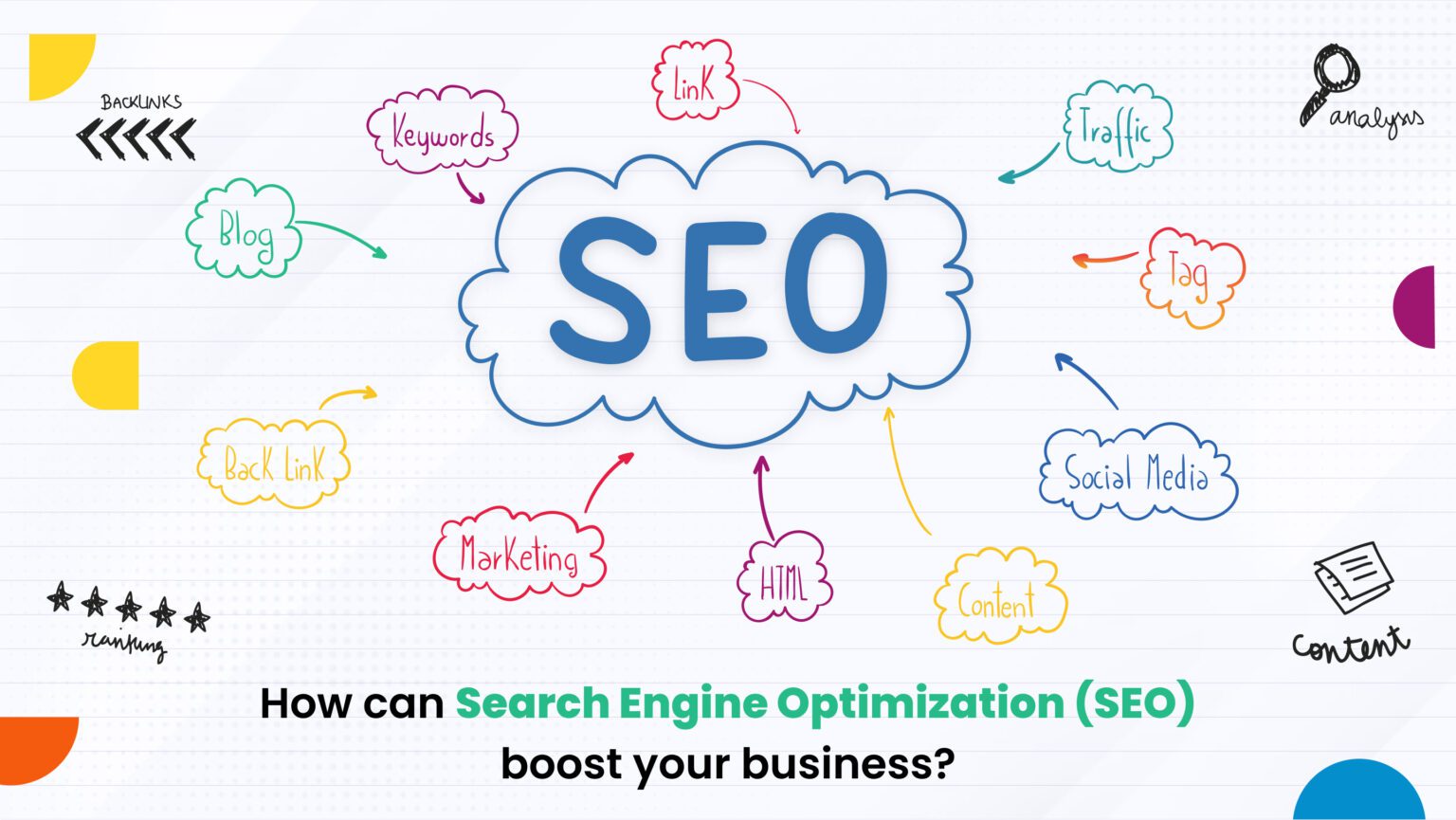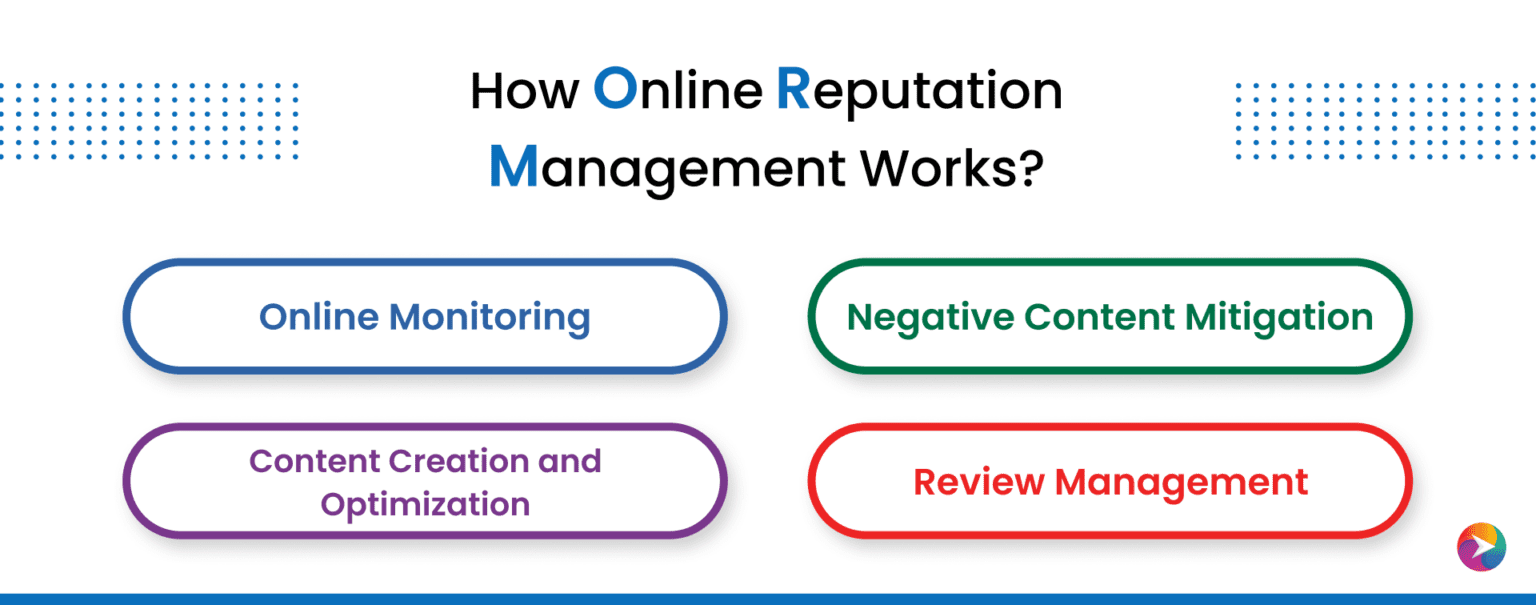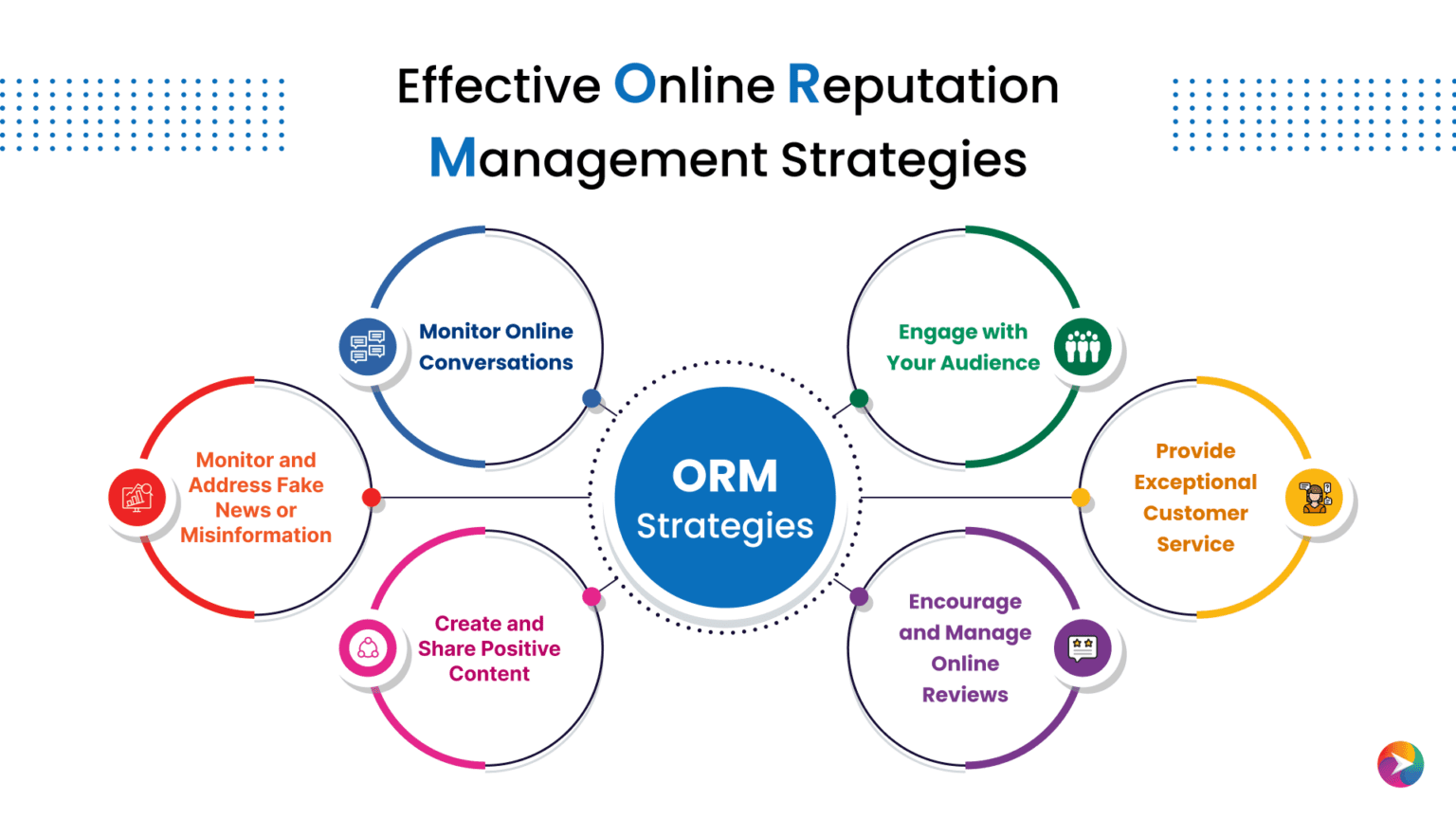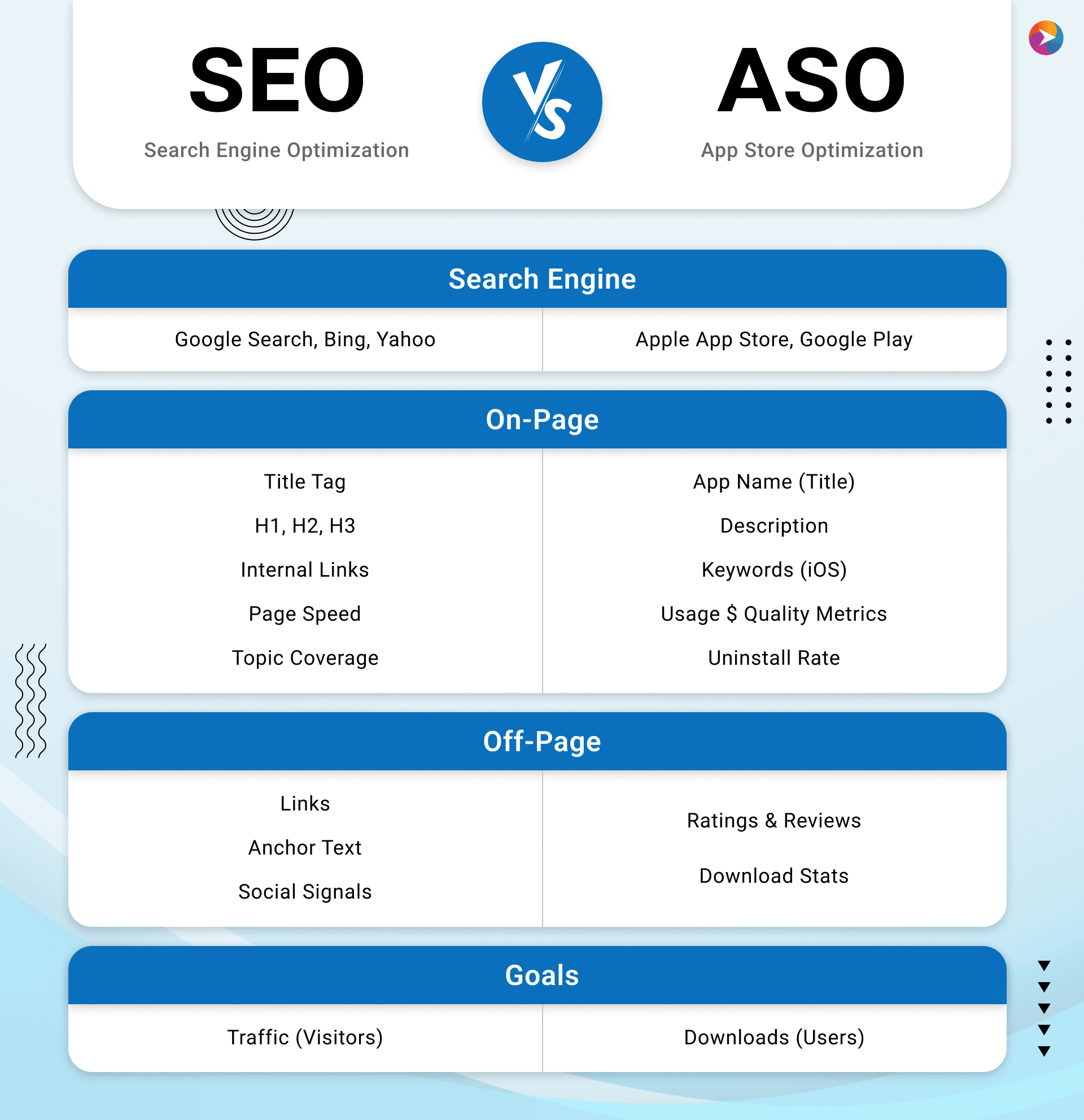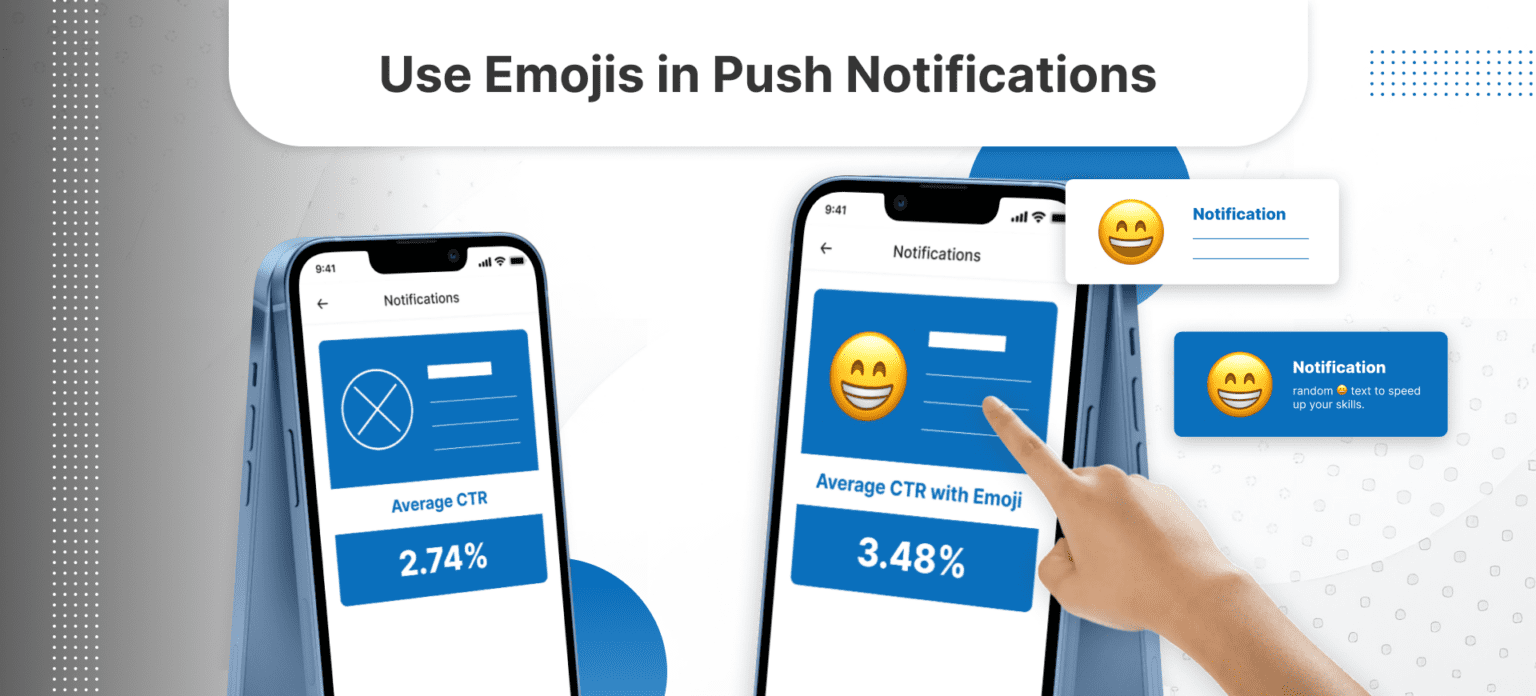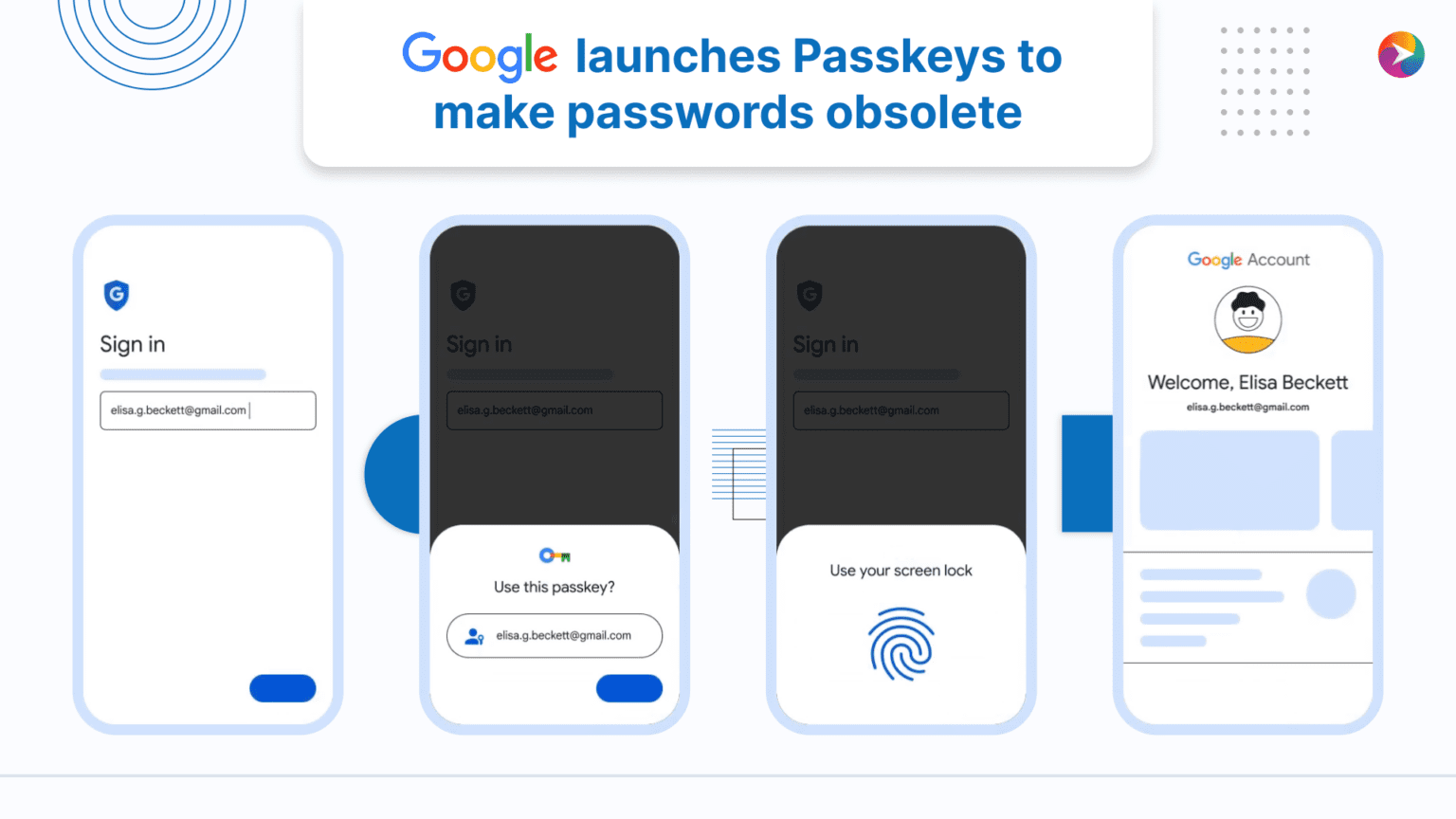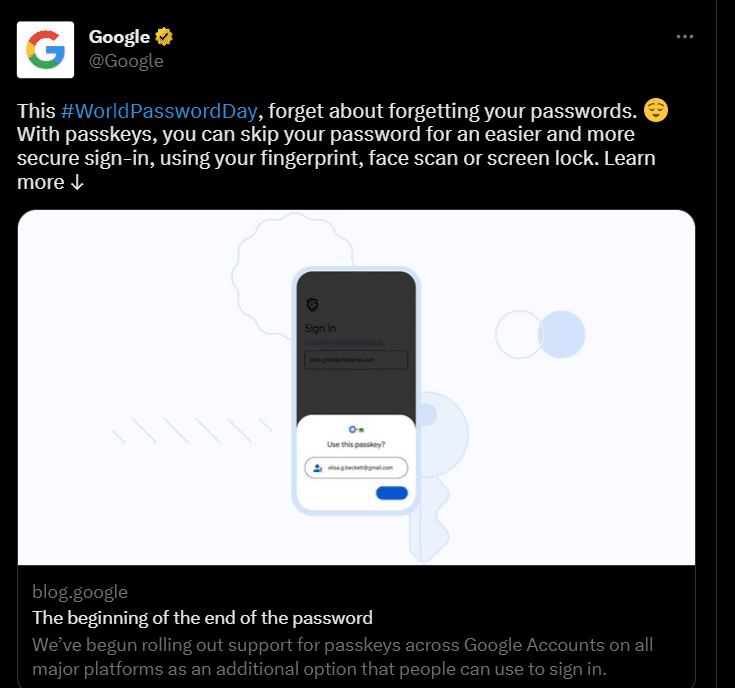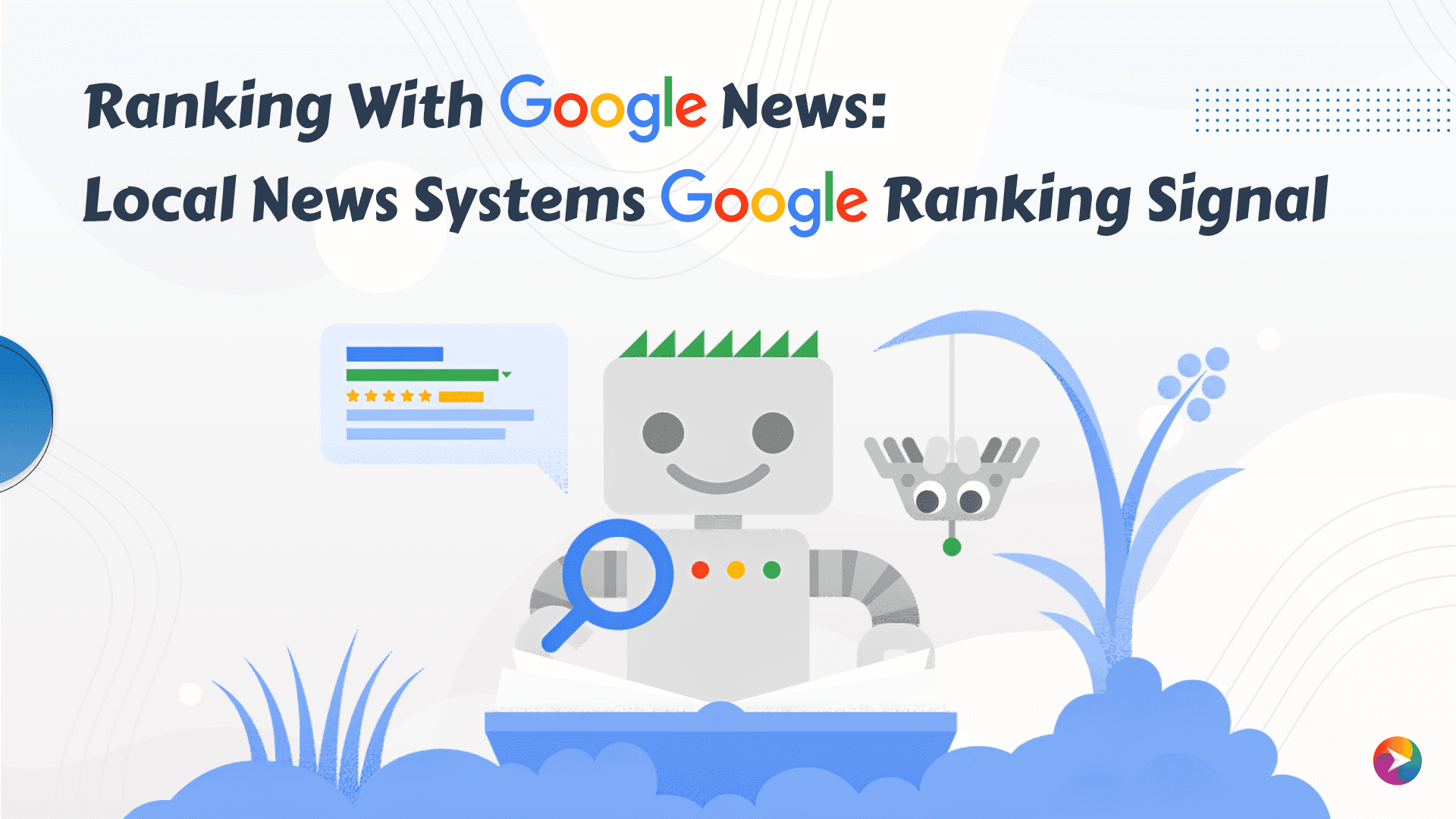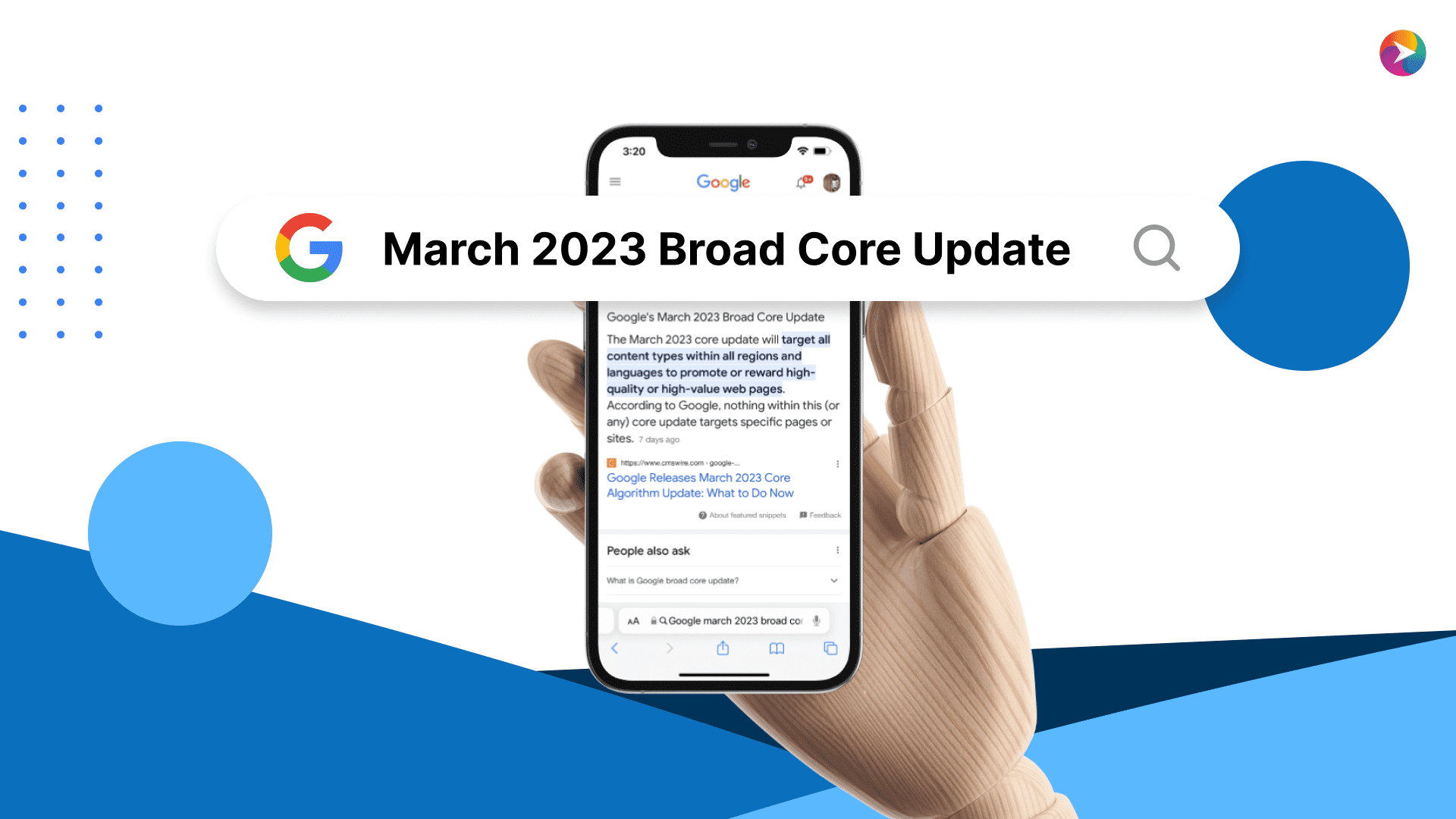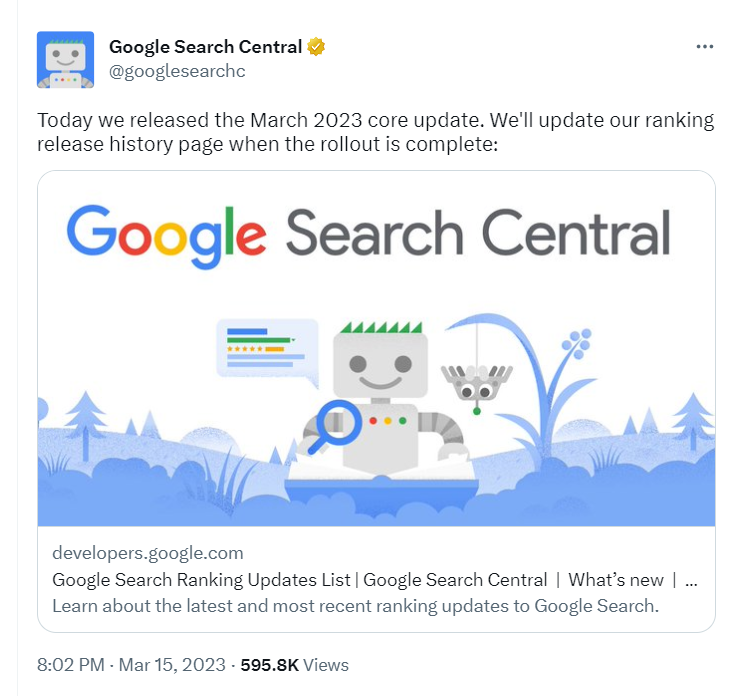 25/09/2023
25/09/2023 
Mr. Mrityunjay Ojha
5 Mins to Read
Table of content
Google recently announced the completion of its August 2023 Core Update, a significant development aimed at enhancing the quality of search results. The update primarily focuses on rewarding websites that provide helpful and original content, reinforcing Google’s commitment to ensuring users have a satisfying and productive search experience.
In this comprehensive guide, we will delve into the details of this update, understanding how the helpful content system functions and what website owners can do to optimize their content accordingly.
How the Helpful Content System Works
The primary objective of the helpful content system is to identify and promote web content that delivers a satisfying experience to visitors. Google has developed this system as a means to improve the overall quality of its search results. Here’s an overview of how it works:
1. Site-Wide Signal Generation: The helpful content system generates a site-wide signal that is incorporated into Google Search’s ranking algorithms. This signal is assessed alongside numerous other signals to determine a website’s search ranking. It also influences Google Discover, enhancing the discoverability of helpful content.
2. Automatic Identification of Unhelpful Content: Utilizing advanced machine-learning models, the system automatically identifies content that offers little value, has low-added value, or is generally unhelpful to users. This step is essential in distinguishing between content that enhances the user experience and content that falls short.
3. Impact on Search Performance: Websites that contain a significant amount of unhelpful content may experience a decrease in their overall search performance. The system aims to ensure that websites offering valuable and relevant information are prioritized in search results.
4. Global Application: The helpful content system operates on a global scale, encompassing content in all languages. It is designed to be inclusive and fair, irrespective of the language or region in which the content is created.
5. Automated and Continuous: The classification process is entirely automated and driven by machine learning. It operates continuously, allowing it to monitor both newly launched websites and existing ones. This continuous monitoring ensures that the system adapts to evolving content landscapes.
6. Weighted Signal: The system assigns varying weights to signals depending on the overall quality and helpfulness of the content. Websites with a substantial amount of unhelpful content may experience a more pronounced impact on their search rankings.
It’s important to note that the helpful content system operates automatically and is not a manual or spam-related action taken by Google. Instead, it is one of several signals that Google assesses to rank content effectively. This means that content deemed unhelpful by this system may still rank well if other signals identify it as valuable and relevant to specific search queries.
Implications for Website Owners
Website owners should be aware of the potential impact of the helpful content system on their sites. Here’s what you need to know:
1. Reward for Helpful Content: If your website consistently produces helpful and valuable content that aligns with users’ expectations and needs, there is no immediate action required. In fact, this system may benefit your site by improving its search ranking.
2. Monitoring Traffic Changes: If you notice significant changes in your website’s traffic, especially following publicly posted ranking updates related to this system, it’s advisable to conduct a self-assessment of your content.
3. Self-Assessment of Content: Website owners can use Google’s guidelines for creating helpful, reliable, people-first content as a reference for assessing the quality of their content. These guidelines include questions that help you evaluate your content’s effectiveness in meeting users’ needs.
4. Timelines for Improvement: Sites identified by the helpful content system may experience the signal’s influence over several months. Google’s classifier operates continuously to evaluate content, and the impact is assessed over time. As unhelpful content is improved or removed, the classification may no longer apply.
5. Refinement of the Classifier: Google periodically refines how its classifier identifies unhelpful content. When these refinements are significant, Google shares updates as “helpful content updates” on its Google Search ranking updates page. After such an update is completed, if the refined classifier observes improvements in content quality, the previous unhelpful classification may be lifted.

Conclusion
In conclusion, Google’s August 2023 Core Update introduces the helpful content system, a significant step toward prioritizing valuable and satisfying content in search results. Website owners are encouraged to assess their content, ensure it aligns with users’ expectations, and take action to improve or remove unhelpful material. While the impact of this system may be gradual, it underscores the importance of consistently delivering high-quality and relevant content to maintain and enhance search performance.

 Mobile Apps
Mobile Apps Web Apps
Web Apps Blockchain
Blockchain Digital Marketing
Digital Marketing Others
Others





